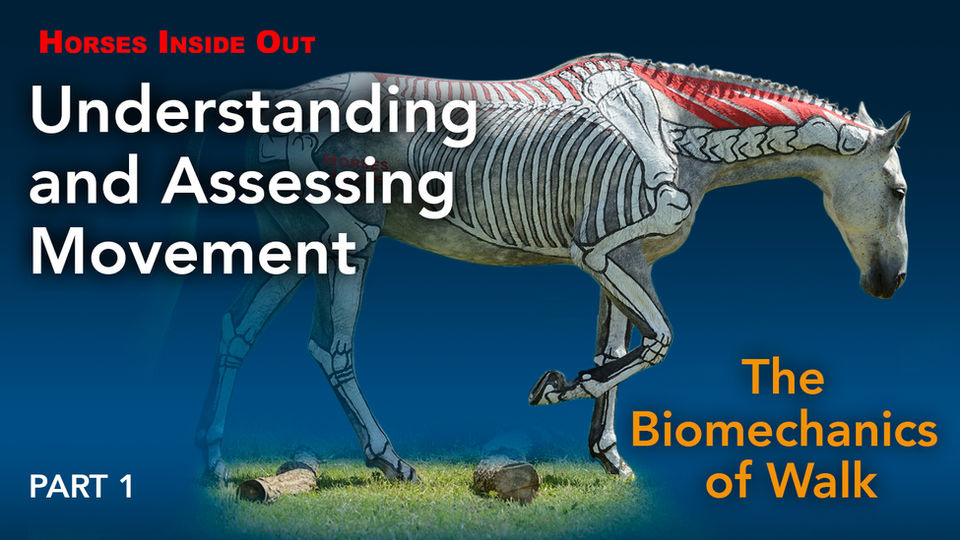The Biomechanics of Collection and Engagement
Collection and engagement are not just for dressage horses. Strong hind-limbs with a good action is something all riders should strive for with their horses whatever your chosen discipline - good engagement and collection behind helps:-
Support good back posture especially whilst carrying a rider
Develop balance and sure-footedness
Reduce the risk of injury
Improve the power and strength necessary for other activities such as jumping and polework.
Gillian focusses on the anatomy, biomechanics and connections of the hindquarters and back that every rider and coach wishing to improve collection needs to understand and considers how and why poor collection can potentially increase the risk of injury.
Learn how to:-
Assess collection and engagement
Consider strength vs weakness
Recognise good and poor posture and how to improve it
This on-demand webinar is a must for anyone wishing to improve the strength, action and posture of the hindquarters. It is full of ridden, in-hand and pilates-style exercises that you can do with your horse to improve his collection and engagement.
Watch Trailer
This on-demand webinar was recorded on the
4th May 2022 and is episode 4 of series 3.
Course Structure
Following an introduction this on-demand webinar covers:-
Defining Engagement,
Collection and some other useful principles,
Anatomy of the Hind Limb Joints - including
the sacroiliac joint and lumbosacral junction
How Back Posture Affects Hindlimb Action
Muscular Connections and Actions relevant to Engagement and Collection
A Biomechanical Study of Piaffe
Ridden, Stable and In-hand Exercises to Improve Engagement and Collection
"Excellent webinar! Thank you. Really useful information so well explained and illustrated and with really practical info as well. All horse owners need to watch this one!"
Clare MacLeod, Independent Equine Nutritionist
UNLIMITED ACCESS
Anytime - Anywhere - As many times as you like!
Once purchased, you can watch this on-demand webinar at any time and as many times as you like from any device and from the comfort of your own home! Just make sure you are logged in and then watch it by pressing the button below.
Other on-demand webinars you may enjoy...
- 80£
- 40£
- 30£





















